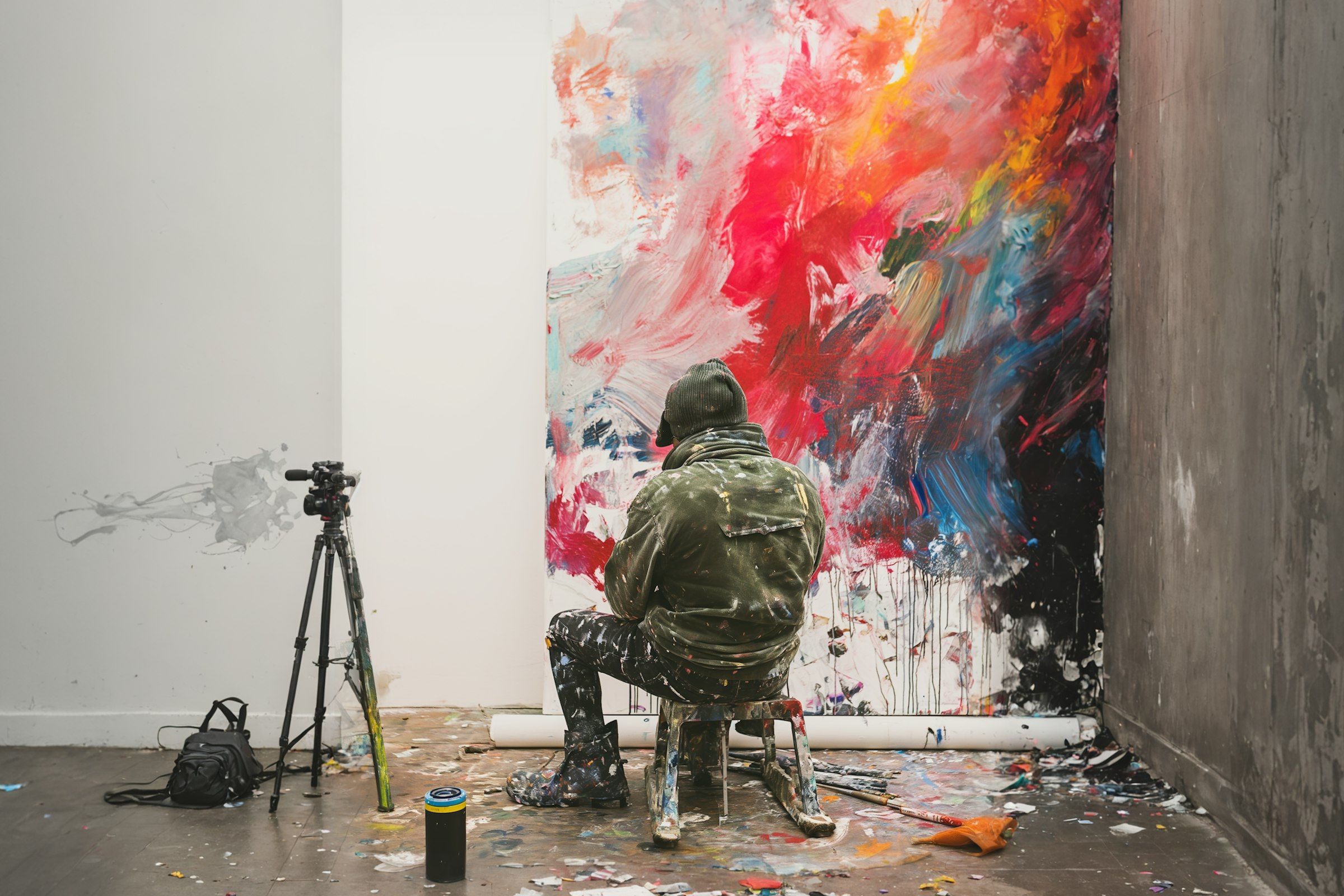Mastering the canvas: Tips from an art director
Sep.2023
Read Article
↓
↓

Mastering the canvas: Tips from an art director
Design always starts with a surface—a screen, a page, a wall, a box. But that surface is never truly blank. It brings its own rules, constraints, and potential. To master the canvas is to understand that every medium speaks its own language, and to design well is to respond fluently.
No surface exists in a vacuum. Every platform carries context. Our job as designers isn’t to fight it but to listen—to build experiences that respond to their environment, not override it.
The canvas is never passive, whether digital, physical, printed, or in motion. It’s part of the story.
01 Every Medium Has Its Logic
A billboard is not a website. A social post is not a packaging label. A printed editorial doesn’t behave like an interactive screen, and it shouldn’t.
Each canvas has its logic. Resolution, dimensions, proximity, lighting, user intent—these aren’t technical footnotes. They’re creative prompts. They shape how time is spent, attention flows, and the message lands.
When we begin a project, we listen to the format. What does this space allow? What kind of attention does it invite? What kind of energy should it carry?
Designing with awareness means pulling the aesthetic from the medium, not imposing one onto it.
02 Space Is Not Empty—It’s Active
What you leave out matters as much as what you put in. Negative space isn’t blank—it’s breathing room. It creates rhythm, directs focus, and lets content land.
Mastering the canvas means knowing how to use space with intention. It’s not about filling the frame—it’s about creating structure, hierarchy, and clarity through restraint.
In digital environments, space might support motion, interaction, or pause. In print, it can add tension, silence, or elegance. Wherever it lives, space should hold presence, not just absence.
Quiet design isn’t weak. It’s confident.
03 Design in Context, Not Isolation
Great design systems don’t live in a vacuum. They live in motion, across media, under pressure. What looks strong in a mockup might fall apart in real-world use. That’s why testing matters.
A logo might need to animate, shrink, or live on textured surfaces. A product label might appear in a retail photo shoot before it’s seen in person. A web layout might shift radically depending on the device or lighting. So we prototype early. We design in context.
To master the canvas, you have to leave the artboard. You have to walk through the environment, touch the material, and scroll through the experience. That’s when a layout stops being just visual and starts becoming felt.
SHARE ARTICLE


